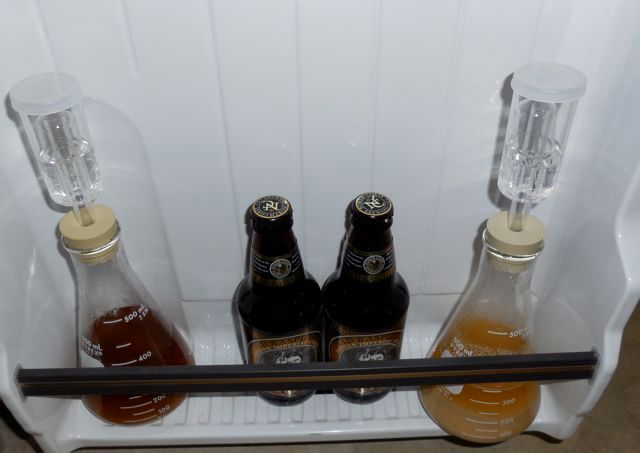Hmm, interesting stuff! I'll dive into that post when I have some time - I had always read this was a good practice.
I bet that you read that information on a very large home brewing forum. That site is chock-full of bad information, and anyone who dares to challenge the status quo is met with extreme resistance.
The common justification given for rinsing yeast with boiled water is page 168 of the book "Yeast: The Practical Guide to Beer Fermentation." However, it is clear that those who as using it as a justification for what is a marginal practice at best have never actually read the book because that's not what the authors say. The process outlined on page 168 is used to answer the question "How does one select the best yeast when harvesting the entire contents of a fermentor?" The authors also mention in passing that it "may" be beneficial for commercial breweries to use the technique to separate yeast from green beer when harvesting yeast from high gravity beers. However, anyone who has studied brewing science or has been brewing for a number of years knows that repitching yeast cropped from high gravity batches is not a good practice.
What's your process for harvesting yeast?
1.) Leave about one U.S. quart to about one liter of green beer behind while racking
2.) Use the remaining green beer to swirl the solids back into suspension
3.) Wait a few minutes for the heaviest fraction to settle (this fraction will be composed of mostly break, organic matter, and dead yeast cells)
4.) carefully decant the cleanest 350 to 500ml of thin slurry from the fermentation vessel (I crop the cleanest 350ml)
The process outlined above accomplishes the same task as the process outlined on page 168 while keeping the force field that the culture built for itself intact. While this force field is toxic to the culture, it is even more toxic to wild microflora. Storing yeast under green beer instead of boiled water has the added effect of making cellular glycogen stores last longer. The crops shown below were harvested using this method.

With that said, believe it or not, one can use the scoop and pitch method if one is not picky about break and other organic material carry over. Many brewers use the scoop and pitch method.
In the end, what matters the most is not giving invaders an opportunity to infect one's crop; therefore, a brewer should limit the amount of handling that needs to be performed between cropping and repitching because every handling event represents an infection opportunity. Removing the force field that the culture built for itself just compounds the problem.